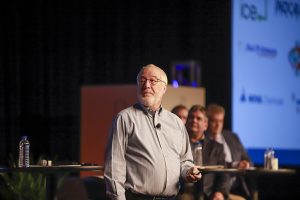
Jerry Powell moderating a session at the 2019 Plastics Recycling Conference and Trade Show

Jerry Powell moderating a session at the 2019 Plastics Recycling Conference and Trade Show
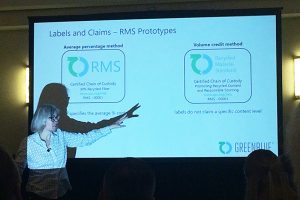
GreenBlue’s Laura Thompson presents at SPC Impact.
Hundreds of packaging stakeholders came together in early April in Seattle to talk sustainability. And recycling factored into the conversation in a number of ways.

Chris Cui on stage at the 2019 Plastics Recycling Conference and Trade Show.
Although the recycling relationship between the U.S. and China was hampered by scrap material restrictions, an expert says companies in both countries can help each other.
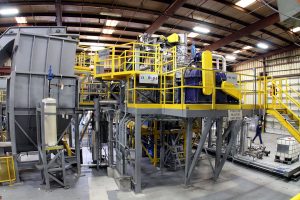
Equipment at the facility of polystyrene processor Agilyx, one of the companies mentioned in the Closed Loop Partners report.
At least 60 organizations are working to scale up depolymerization, pyrolysis and other emerging plastic processing methods. The North American market for the resulting products could top $100 billion annually.
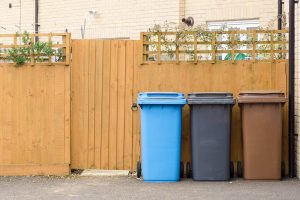 A recycling expert has offered up criticisms of British Columbia’s extended producer responsibility system for printed paper and packaging.
A recycling expert has offered up criticisms of British Columbia’s extended producer responsibility system for printed paper and packaging.

For decades, a pricing index has reported prices for recyclables in Canada’s most populous province. The group behind the sheet recently evaluated how it compares with other market reports.
Resource Recycling, Inc., which produces a number of recycling trade publications and conferences, has been acquired by the Association of Plastic Recyclers.
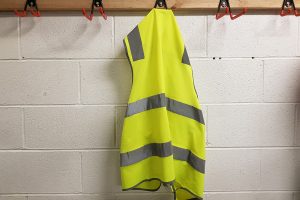 Waste and recycling industry safety has received elevated attention in recent years as injuries and fatalities have risen. Despite collaboration and the heightened focus, the numbers show little improvement.
Waste and recycling industry safety has received elevated attention in recent years as injuries and fatalities have risen. Despite collaboration and the heightened focus, the numbers show little improvement.
Canada’s capital tested whether wrapping receptacles with splashy graphics of recyclables can improve capture rates and reduce contamination. The move can be effective, but such a strategy also has limitations.

